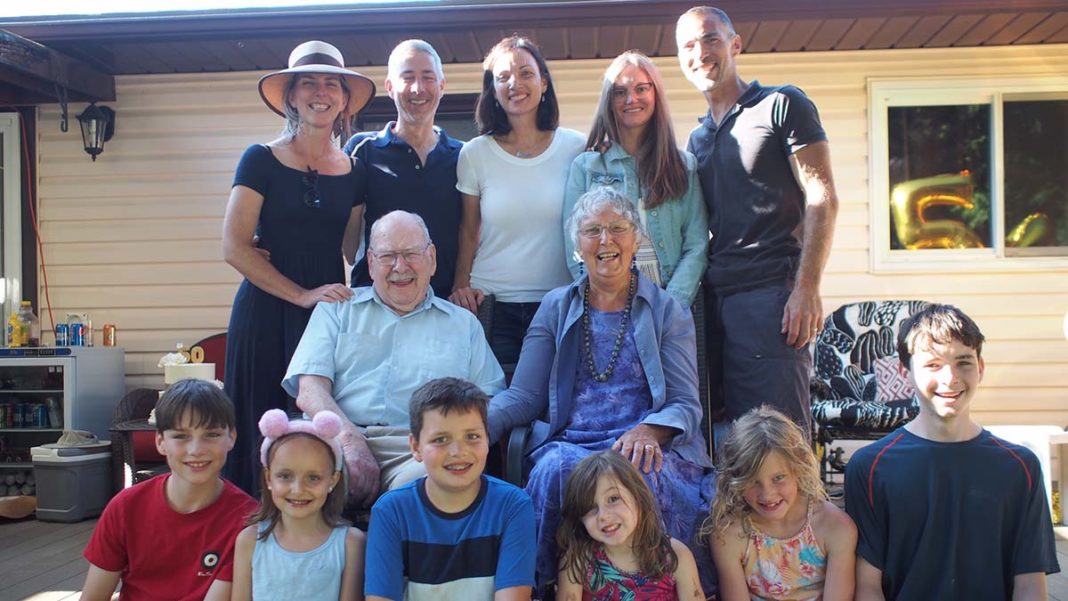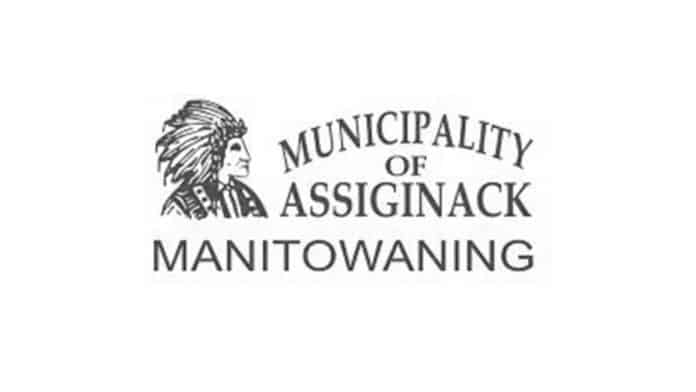Following the clinical path’s procedures
EDITOR’S NOTE: In 2013 retired nurse and midwife Mary Buie approached The Expositor with a mission. She had recently been diagnosed with breast cancer and was wondering whether this newspaper would be interested in following her journey as she battled the disease. It was with some trepidation that this paper agreed as the eventual outcome was far from certain to be positive. What followed was an engaging series that leavened a very serious health issue with Ms. Buie’s irrepressible personality. Ms. Buie recently informed The Expositor that she would once again be facing down cancer. The Expositor continues the series ‘Following Hope’s Path’ to relay the ongoing story of her journey.
by Michael Erskine and Mary Buie
KAGAWONG—Mary Buie checked in recently to let folks know how she is doing with her clinical trial and took The Expositor through how the clinical trial process unfolds.
“I am now in my ninth month of my clinical trial at Princess Margaret Hospital (PMH) with (the trial treatment drug) AMG 650 and I wanted to share what happens if you are enrolled in one,” she said. “Many of us living with cancer are in one. They all vary greatly but there are very specific procedures and protocols that must be followed. We are part of research testing drugs for future generations—testing their safety, the right dosage, side effects, sustainability for long term use, etc. Research is all around us in so many fields and is very exciting when researchers are using targeted individual therapies for our unique cancers. It is mind-boggling when they are manipulating the genetics of the cell, the proteins etc. Research is becoming more and more successful because they can be more and more accurate and precise as they address our individual tumour cells.”
“After eight months on AMG 650 —a pill I take daily—the new lung tumour found last fall is shrinking more and more each time I have my CT scan every two months. It is now about 50 percent shrunk and my lymph node cancers are stable. I wanted to explain what happens when I go down for my monthly appointments at PMH. I am an old pro at it now. I have the same times every month as my son Rob drives me in from Lindsay and we have to deal with Toronto traffic.”
Ms. Buie said that she loves going to Princess Margaret, where she now feels “very much at home. I try and make the wonderful staff feel good about the job they are doing,” she said. “I greet the COVID screener as I go through the revolving door, sanitize my hands and change my mask, then line up for laboratory check in.”
“Sometimes it is a long wait sometimes not, I am not on their list as I have special research bloodwork to do,” she explains. “Last month the lab receptionist had beautiful nails—so I commented on them and thanked her for the good job she was doing.”
Ms. Buie makes a special effort to be especially kind when coming in for her treatment. “Sometimes people get cranky having to wait,” she said.
Then it is up to the 18th floor where clinical trials take place, where she checks in with the nurses.
“I go to a spot to check my weight, temperature, oximeter (blood oxygen levels), blood pressure and see my clinical trials nurse tell her how I have been over the last month,” said Ms. Buie. “We review my trial diary, which is very specific and needs to be filled out exactly right with all the necessary boxes checked.”
Then a technician conducts an electroencephalogram (ECG) to make sure her heart is functioning normally. The ECG is reviewed by the doctor, she explains. That is an important point.
“It is interesting to note that different trials use different machines and my ECG has to be done on a specific one with the right leads,” said Ms. Buie. “Sometimes that is a problem, so I always ask if they have the right leads. Then I wait for one of my team doctors to come and do a physical assessment and check for any concerns I might have.”
Then it is hurry up and wait. “I wait until all my lab results are reviewed because my special trial pill is dispensed a month at a time as long as bloodwork is within an acceptable range,” she said. “I pick the pill up at the clinical trials pharmacy on the fourth floor.”
All that complete, Ms. Buie can head on out.
“The whole process usually takes about three hours at the hospital from start to finish,” said Ms. Buie. “As long as all goes well, I stay in the clinical trial. I say ‘AMG, you and I are a team and I want us to stay that way for a long time to come,” she laughs.
“We patients in the University Health Network each have our own portal so we know when our lab results are ready and we can go online and check them out,” said Ms. Buie. “We also have appointment times on that portal and anything else we need to know. Being a nurse, I like to check things out.”
Ms. Buie said that she does not have many side effects from the drug. “My immune system is good, but my haemoglobin is low,” she said. “I need to eat lots of iron rich foods in my diet. Also, my liver enzymes stay elevated but are still in the acceptable range for the trial.” Readers will recall Ms. Buie had a bit of a scare when her enzymes were elevated following a bit too much celebration in a previous visit. “So no wine with my meals for me,” she laughs. “I have juice and fizzy water instead.”
Ms. Buie shared that she is thrilled to be a success story. “Especially for my senior research doctor, Dr. Bedard at PMH,” she said. “I am the only one in this particular clinical trial left at PMH—the only Canadian hospital in this world trial.”
Ms. Buie said that people expect cancer patients to look rough. But she is not falling into that stereotype and people keep telling her how great she looks.
“I am grateful but very humbled that God has given me this amazing gift of life with my cancer,” she said. “I am surrounded by so many people praying for my good health and their prayers are very powerful and working. However, all of us living with cancer are always grateful for every day we are given and treasure memories made and shared with our families and friends.”
But it isn’t all sunshine and fizzy water. Ms. Buie currently has most of her family home visiting, which is wonderful she said, but adds, “I must rest a lot. I am tired and weary and don’t have energy or strength to do what I used to do. This applies to all of us that are living with chronic or other debilitating diseases, no matter how old. Our family and friends tell us what they are doing and we smile and are happy for them but we are also a little envious of the energy they have.”
The unsinkable Ms. Buie doesn’t let that phase her much, however. “May we all be able to count our blessings of what we have,” she said. “When skies are dark may we always look for the positives and tell those we meet in our daily lives how grateful we are for them and their happy ways that cheer us up.”





